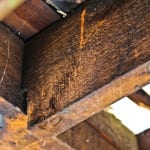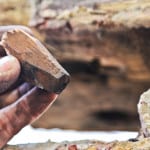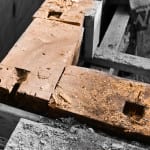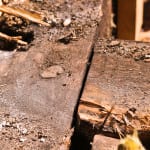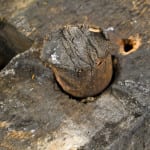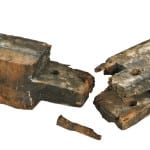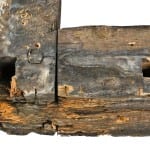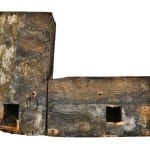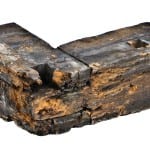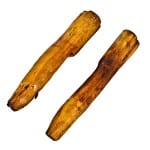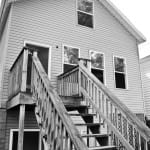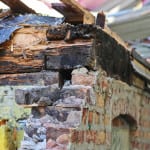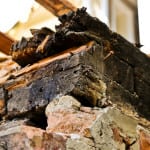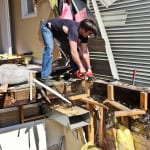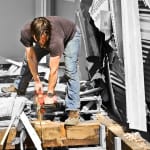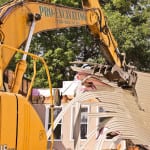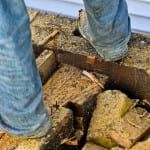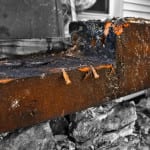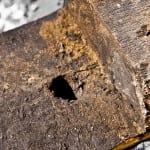use of wooden pegs or "treenails" in 19th century chicago balloon frame construction much more prevalent than previously thought
This entry was posted on September 29 2015 by Eric
the recent burst of demolition activity in my "study area" over the last two weeks has been rather bitter-sweet in terms of loss and discovery. the rate at which these outwardly nondescript 19th century wood-framed cottages are being pummeled into the ground (and their remains trucked off to the landfill) is mind boggling, not to mention utterly exhausting to keep track of.
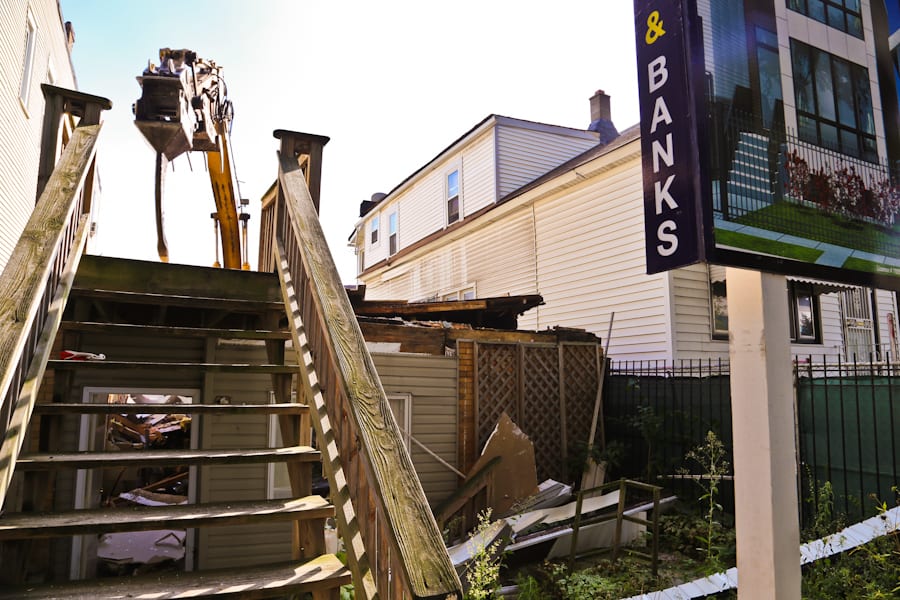
on the flipside, i have had an unthinkable amount of field exposure in which i can carefully examine and document the trial and error experimentation in materials and construction throughout the city. as of late, i've been finding more and more houses with unusually large and heavily notched (i.e., hand-chiseled) old growth pine wood timbers used as sill plates, summer beams, and girts. this most recent wave of demolished buildings were constructed between the late 1850's and mid-1870's. i would put forth an educated guess that the pine wood beams were harvested from wisconsin, michigan and canada.
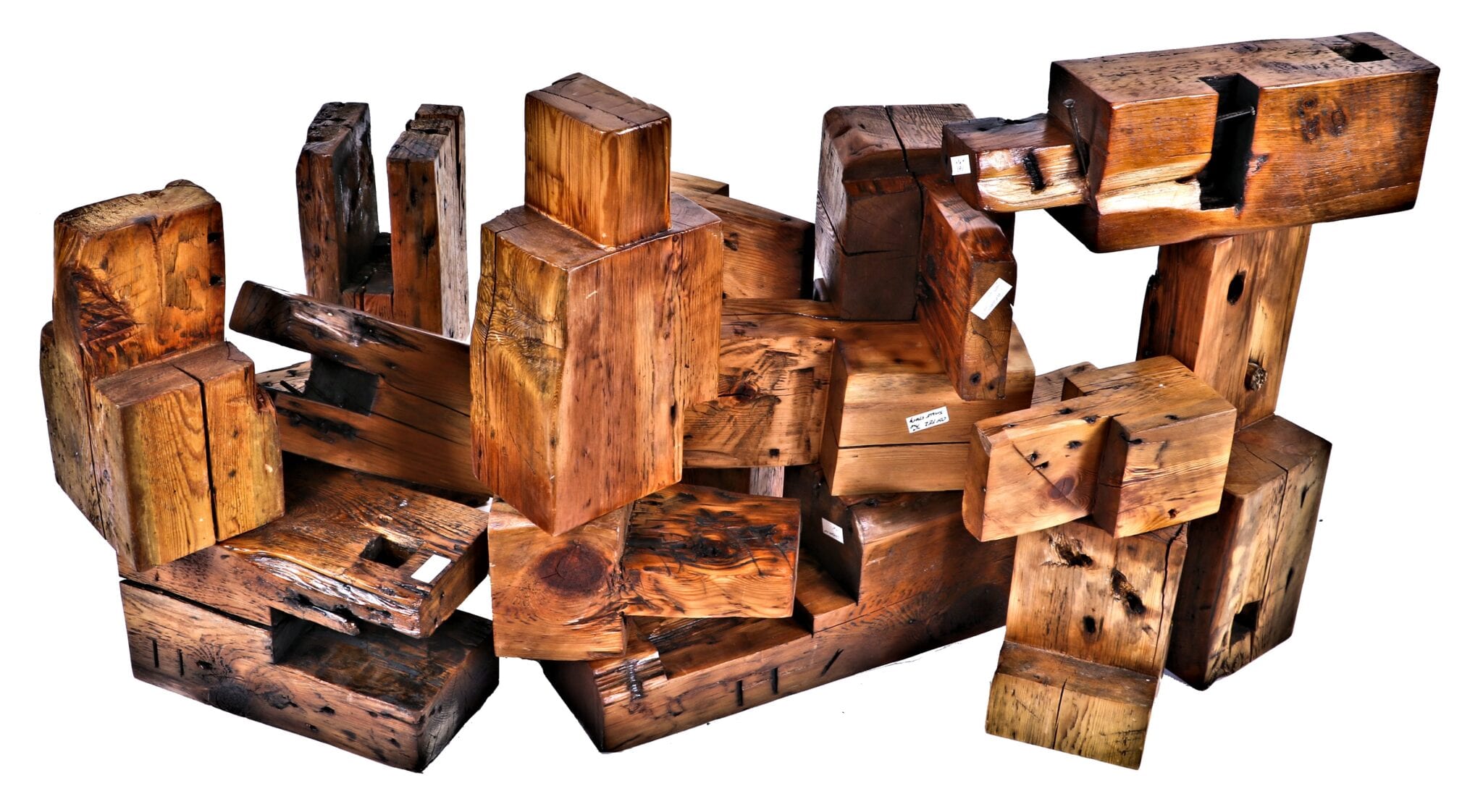
perhaps the most striking discovery thus far has been the number of tapered and faceted pine and oak wood pegs in these structures. the configuration varies, but the corners and the summer beam(s) are all pegged, with not a single cut nail or spike used to reinforce these large interconnected wood elements. of the handful of papers that address the chicago balloon frame, the authors seem more concerned with the origin of where this building system first appeared and the circumstances surrounding the material resources used. not one of the papers mention the use of wood pegs in balloon frame construction. timbers, dimensional lumber and abundant spikes or wrought iron nails are discussed time and again.
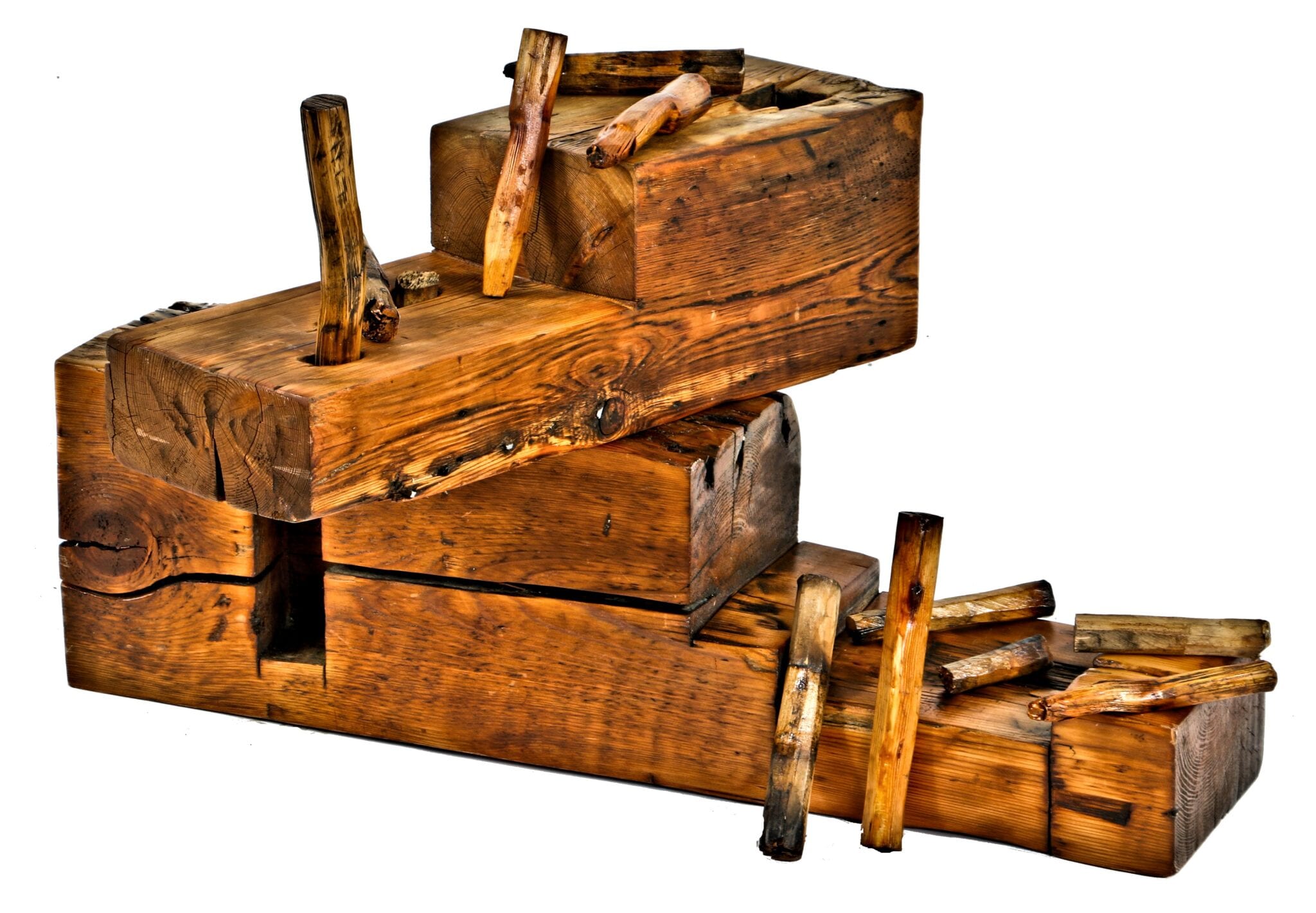
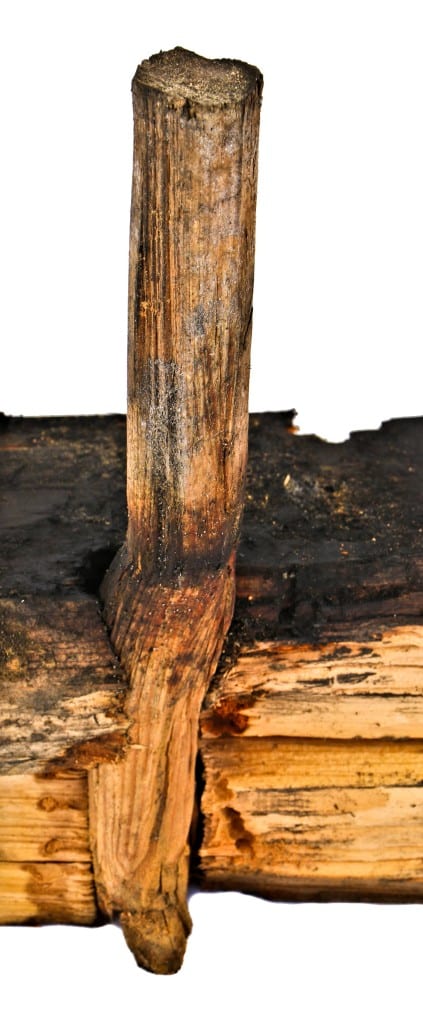
the use of wood pegs designed to join these timbers has never been entertained at any length by any of these authors. i find this extremely troubling, especially in concert with the lack of field data used in these articles. instead, the topics explored are based exclusively on history books. so clearly we have a huge discrepancy in the narrative put forth by "period" books and articles versus empirical data actually found in the field. going forward, i feel it is crucial to bridge these two bodies of information to form a much more accurate portrayal of the chicago balloon frame - both in how it was constructed and the materials used to construct it.

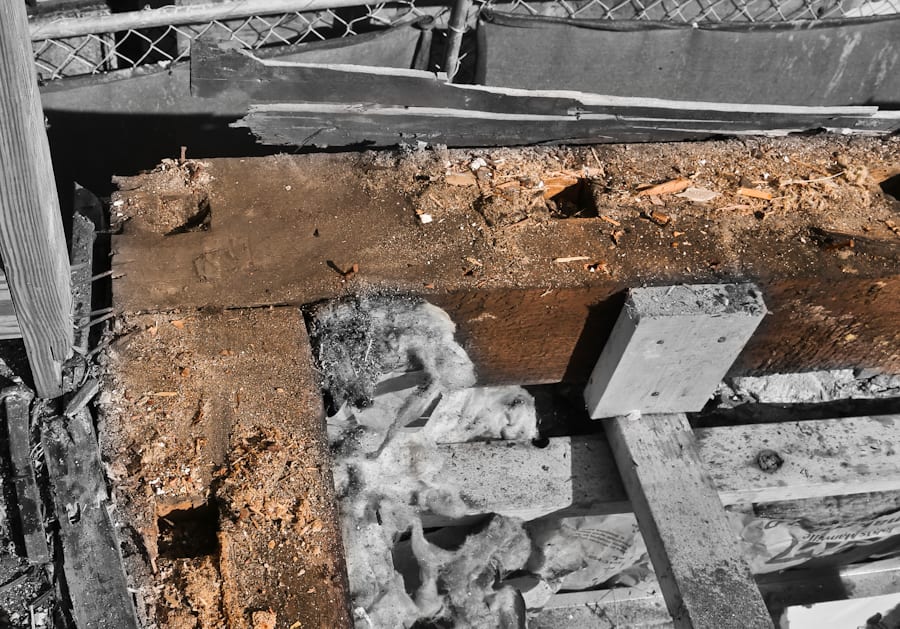
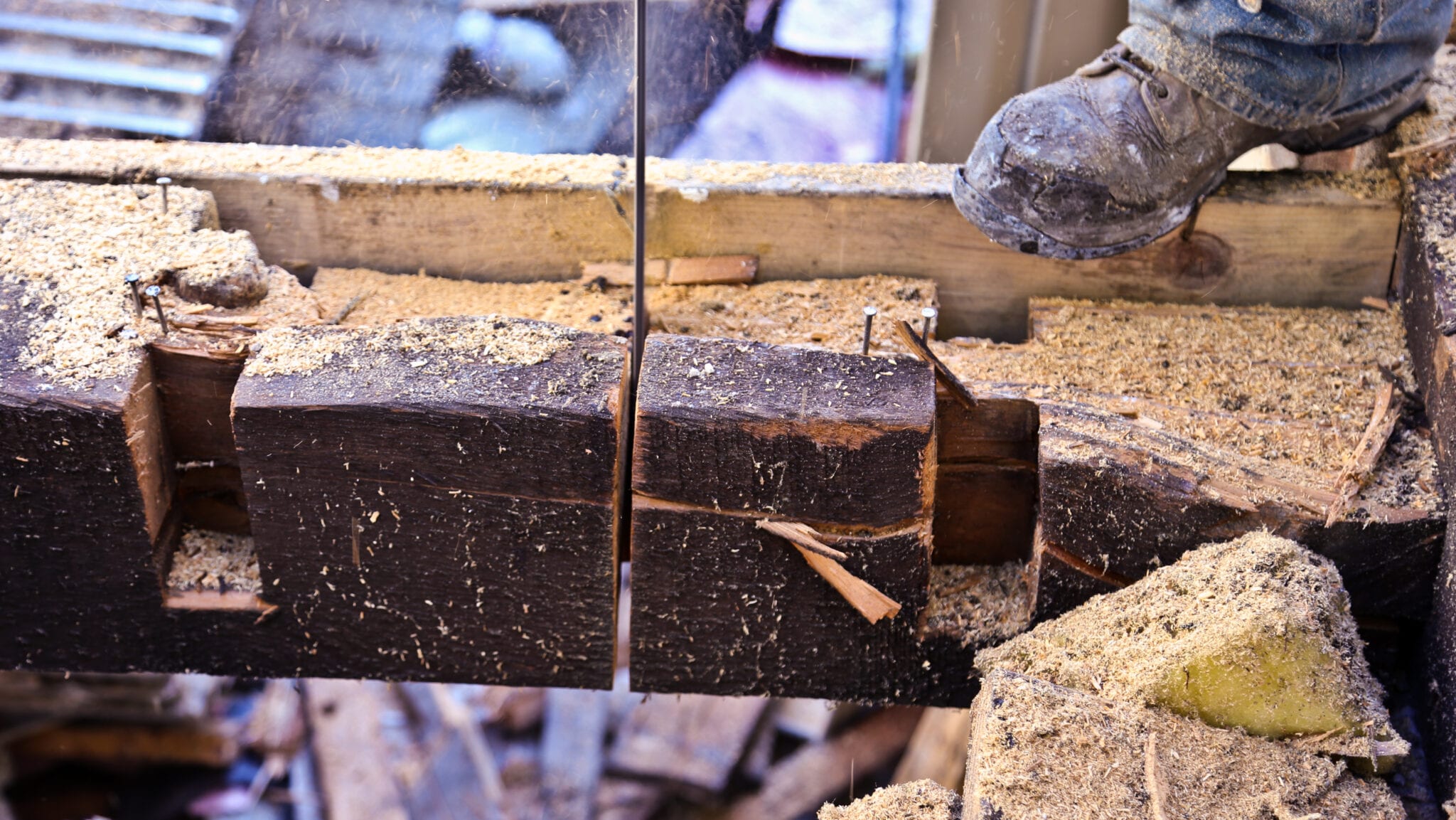
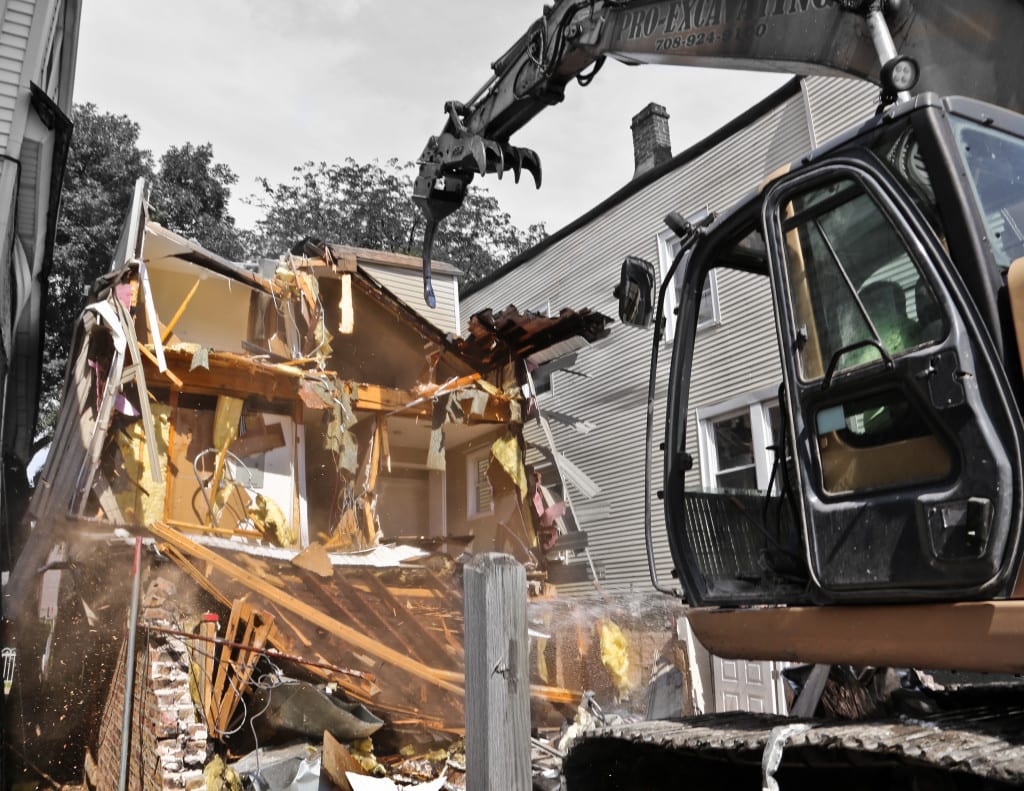
end
This entry was posted in , Miscellaneous, Salvages, Bldg. 51, New Products, Events & Announcements, New Acquisitions, Featured Posts & Bldg. 51 Feed on September 29 2015 by Eric
WORDLWIDE SHIPPING
If required, please contact an Urban Remains sales associate.
NEW PRODUCTS DAILY
Check back daily as we are constantly adding new products.
PREMIUM SUPPORT
We're here to help answer any question. Contact us anytime!
SALES & PROMOTIONS
Join our newsletter to get the latest information

